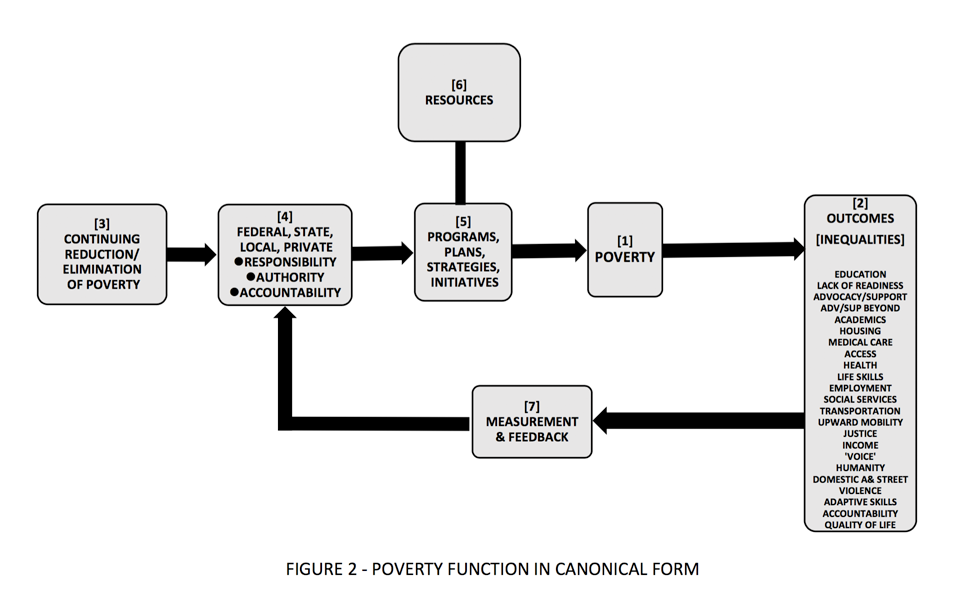
Figure 2: Poverty Function in Canonical Form
Definition: This model/representation of the poverty function is a top-level, albeit somewhat 'simplistic' at first glance, is a necessary starting point for the development of the hierarchal nature of the arena of poverty. The hierarchy of poverty consists of an array of sub-functions-each with the construct of Figure 1. Each sub-function, however, has many 'linkages' with more than several other sub-functions. It is these 'linkages' that, individually and collectively, contribute to the complexity and convoluted arena of poverty.
Description: With an awareness, acknowledgement and understanding of poverty and its wide-spread spectrum of inequalities, one can look at 'entities' [1], [2[,..., [7] and gain the perspective that each of these 'entities' are each hierarchal-indeed, significantly hierarchal-with real-world 'linkages'; however, it is important to note that many efforts addressing poverty do not include all or most of the relevant linkages. From a system perspective, any study or analysis should consider these relevant linkages; the exclusion of each relevant linkage tends to limit the accuracy, relevance, effectiveness and efficiency of the outcomes of the study/analysis. Each omission is really an assumption! Minimally, each exclusion needs to be identified and considered as to its impact upon the results/outcomes of the study/analysis. Extending this train of thought to applications within the real world, the failure to exclude significant linkages will inevitably compromise the intended results/outcomes.
Keywords: Development of control/command/management strategies and policy, identification of risk, risk management, control spectrum, adaptive control, learning systems, expert systems, intelligent systems, system stability. Model credibility.
Selected References:
1. So Rich, So Poor, Why It's So Hard To End Poverty In America, Peter Edelman, The New Press, New York, 2012, 2013,
2.Poverty & Despair versus Education & Opportunity, Appendix A, Systens Prologue, Al Colella, Joseph H, Crowley, Stillwater Publications, 2015.
3. Poverty Inequalities, Google Search 15,000,000 'hits', August 8, 2015.
4. Social Crisis and Social Demoralization, Ronald Kuykendall, Arissa Media Group, 2005.
5. The Rich and the Rest of US, A Poverty Manifesto, Tavis Smiley and Cornel West, Smiley Books, 2012.
6. Systems Simulation: Methods and Applications, A.M. Colella, M.J. O'SullivanD.J. Carlino, Lexington Books, Lexington, MA, 1974.
Sub-function Definitions
[1] Function: Poverty. More specifically, the various strata of poverty: income- based poverty, e.g., marginal poverty, deep poverty, severe poverty. Also, the Poverty of Opportunity, Poverty of Affirmation, Poverty of Courage, Poverty of Compassion and the Poverty of Imagination [Reference [5] above].
[2] Outcomes: The spectrum of inequalities: education, lack of readiness, advocacy/support, advocacy/support beyond academics, housing, health, access to medical care, life skills, employment, social services, transportation, upward mobility, justice, income, 'voice', humanity, domestic & street violence, adaptive skills, accountability,..., overall quality of life. As readers navigate the website, they will view this spectrum of inequalities as a 'current list'; Projections are also made that demonstrate the impact of minimizing/eliminating this spectrum of inequalities.
[3] Requirements: A continuing effort for the elimination of poverty as opposed to providing maintenance assistance.
[4] Decision-making: Includes a national hierarchy-in breadth and width-of Decision-makers at the national, state, city & town, local and private levels. Currently, these efforts of responsibility, authority and accountability are loosely connected; the achievement of the goal to eliminate poverty necessitates a strong synergism within this current hierarchy. Visualize, if you will, that this high population of loosely connected national, state,..., private efforts have the construct of Figure 1 and that the vast network of linkages amongst these efforts could be a gateway and road to synergism.
[5] Strategies: A national plan that embraces this hierarchy for maximum effectiveness, efficiency and continuity comes to mind. Of course, the first step in this direction is to develop a plan for one [or several] site-specific pilot projects. The carefully measured outcomes at a site-specific project is a very necessary process for evaluation and the expansion to multiple site-specific pilot projects. The reasoning here is that 'one size doesn't fit all'. The national plan can be qualitative guidance and direction for each site-specific pilot project. The users' current navigational course includes a 'stop' at A Pilot Program: The Next 'First Step'
[6] Resources: Availability, stability and the continuity of budget; resources also include a national advocacy and political will, volunteers [including those with experience and commitment [aka 'passion'], corporate efforts et al.
[7] Measurement & Feedback: Looking at Figure 2 - it implied breadth and depth and the spectrum of inequalities, the operational requirement is to provide useful and timely 'feedback' to the Decision-makers to facilitate the achievement of the goal. It requires significant and timely data measurement and processing.